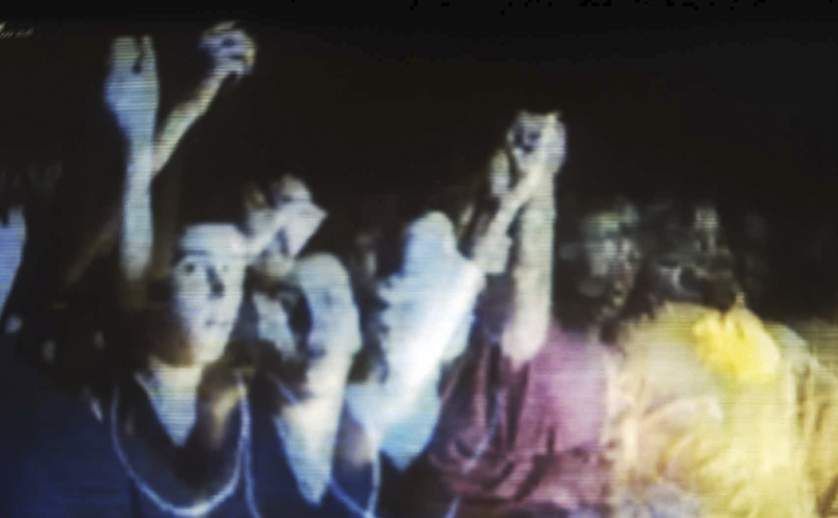The final prints were presented in SPBH’s very limited, six-copy edition that came in an engraved orange-and-green fluorescent perspex slipcase that is a work of art in itself. The narrative stops and starts, its arc a series of visual glitches. Flicking through it is like watching an interrupted broadcast on a broken VHS tape, and it’s equally disconcerting.
“I just thought it got more to the core of things – rather than having this polished, perfectly printed colour photograph… it seemed to have more resonance,” he says. “And the freedom that came with chopping into it – that was quite liberating – [especially] if you’re an obsessive compulsive, if you have a heart attack if the printer’s taken a millimetre too much, just to go, ‘Fuck it’.” Later he adds that it’s about “throwing it all against a wall and seeing what happens, seeing what emerges”.
The project is partly born of his ongoing, growing frustration with photography’s limited ability to reveal beyond the surface. “It’s got to be about more than what Susan Sontag called ‘collecting people’, like photography is just some kind of mausoleum or something,” he says, recalling an incident in the 1990s that seemed to prove the opposite.
He was in an after-hours club in Leeds – “a very traditional kind of Jamaican shebeen, pretty rough” – and heard people talking. “Then one of my friends came over and told me, ‘I don’t know what you said to those guys over there, but you’re in fucking big trouble and you’d better get out of here.’ I was totally terrified.”
When he got home, he decided to photograph himself, thinking that by capturing how scared he was he wouldn’t do it again. “But when I got the film developed, it was just this picture of me with big pupils,” he says. “That was it. It was a real moment of clarity. Something that had been niggling at me ever since I’d looked at some amazing Bill Brandt photographs when I was about 11 or 12, and I just couldn’t get it – I couldn’t get what it was that lay beyond. I still couldn’t. There was absolutely no way you could get any insight into my psychic being, my inner world, from that photograph.”
For him, his creative interventions are an attempt to “take a photograph to a different place… I’m trying to really disrupt it, trying to give it more physicality, to separate it from the deluge,” he says. “All this is as opposed to going out into the world for something else to photograph, which is really, really unappealing to me at the minute.”

